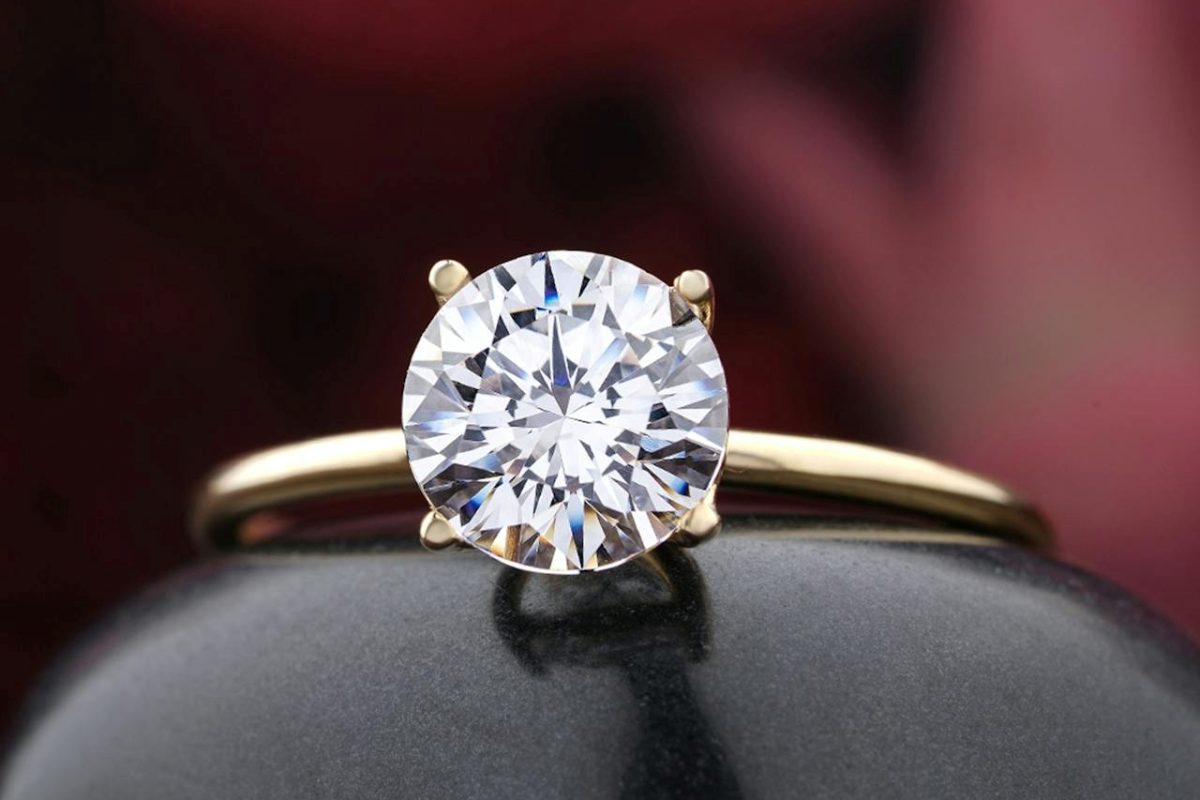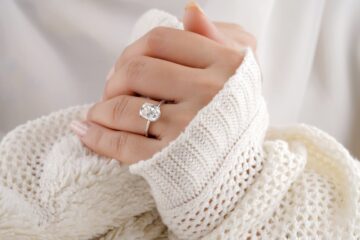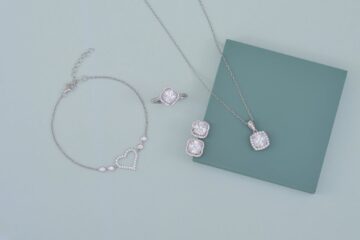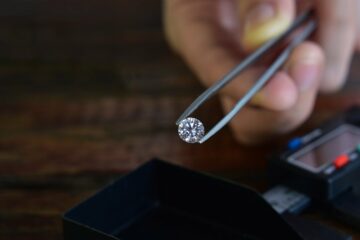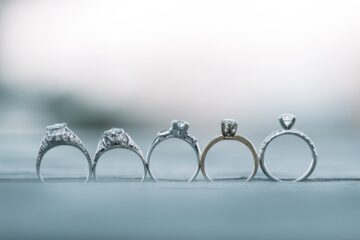What is a diamond girdle?
A diamond’s girdle is the outer edge that separates the crown (top) from the pavilion (bottom). The thickness of it can vary, and it is classified on a scale from “very thin” to “very thick”, according to organizations such as the GIA (Gemological Institute of America). Visit Rare Carat for more detail about deal GIA diamond proportions.
Diamond girdles are graded in thickness
Your diamond buying decision will not be affected by girdle thickness in most cases. A beautiful, durable diamond can be produced by any grade from “Very Thin” to “Very Thick”. However, avoid any diamonds with ‘Extremely Thin’ girdles and carefully examine diamonds with ‘Extremely Thick’ girdles. If you need to know more information about the diamond girdle, visit Rare Carat.
Thin girdles have the potential to chip
If the diamond girdle is extremely thin, it may not be durable enough to withstand daily wear. Prongs that hold the diamond in place can put strain on a thin girdle, causing feathers. Thin girdles that are exposed can also chip. If you have other choices, avoid diamonds with this girdle thickness grade.
Thick girdles also conceal weight
Additionally, a girdle with greater thickness conceals weight. A diamond with a thicker girdle will appear smaller despite its carat weight. The length and width of a 1.2-ct diamond could be viewed from the top down, as an ‘Extremely Thick’ girdle could conceal its weight as depth. The extra weight you’re paying for is not worth it, and it’s likely to make the diamond perform poorly. Buy Ideal Cut Diamond at Rare Carat.
“Extremely Thick” Girdles Can Cause Low Light Return
An ‘extremely thick’ girdle isn’t always cause for concern. A diamond with a great performance and a thick girdle would still make a great diamond engagement ring.
However, extremely thick girdles can often cause poor performance in a diamond. The diamond is too deep because some of the girdles are too thick. Light entering the diamond from the top does not reflect back to your eye, but rather escapes through the girdle or pavilion. If the light is not returning to your eye, the diamond will not appear as good.
Diamond Girdles can be finished in various ways
Most girdles are now faceted and polished. As with the rest of the stone, the girdle has several flat facets.
This was not always the case. Older diamonds may be polished with a single facet around the edge of the stone. Some may have a slender girdle with a frosted appearance.
Girdle thickness ranges are common
In most cases, the thickness of the girdle is given as a range. This is not a sign of poor cut quality and shouldn’t cause concern. Girdles with the ratings “Extremely Thin” or “Extremely Thick” in their range could have issues with durability and performance.
A diamond can be reflected by girdles
If you notice a line 2/3 of the way down on the side of your diamond, don’t panic. It’s most likely a reflection of a girdle. Light entering through the girdle will usually exit through the pavilion due to the way light moves through a diamond. This is not a sign of poor cut quality. The diamond cut has a side effect.
A girdle reflection may be mistaken for a crack or feather inclusion, but it’s not a clarity imperfection. Although bruted and thicker girdles have more noticeable reflections, it does not indicate poor cut quality.
Diamond earrings can be engraved
The diamond girdle has another significant purpose. By inscribing a report number on the girdle gem laboratories can connect a laboratory report to the physical object. Laser inscriptions can be used to determine if the diamond is lab-made or has been treated for clarity or color.
Thick girdles in Fancy Colored Diamonds can indicate a negative sign
The primary reason for the value of fancy colored diamonds is their color. Since colored diamonds are assessed for color face-up instead of face-down like white diamonds, they often have thicker girdles. Although a well-cut diamond can still have a thick girdle, yellow diamonds are more likely to have ‘Extremely Thick’ girdles because they can significantly increase the diamond’s value.
The Diamond Girdle is the reflection of the Fish Eye Effect
The top of a well-cut diamond with proper proportions will not show girdle reflections. However, a diamond with a wider table or a shallower pavilion may show a ‘fish eye’ effect. The girdle reflection in the pavilion of the stone is reflected back to you. A large circular inclusion can appear as a unattractive result. This effect won’t affect you if you choose well-cut diamonds.
Examining diamond girdles before buying
The most important aspect of buying a diamond is its performance. If you’re buying online, it’s important to find a vendor who has close-up videos. If you’re satisfied with the results, just ensure that the diamond girdle is not too thin. Remember, a diamond with subpar performance isn’t worth your money.
